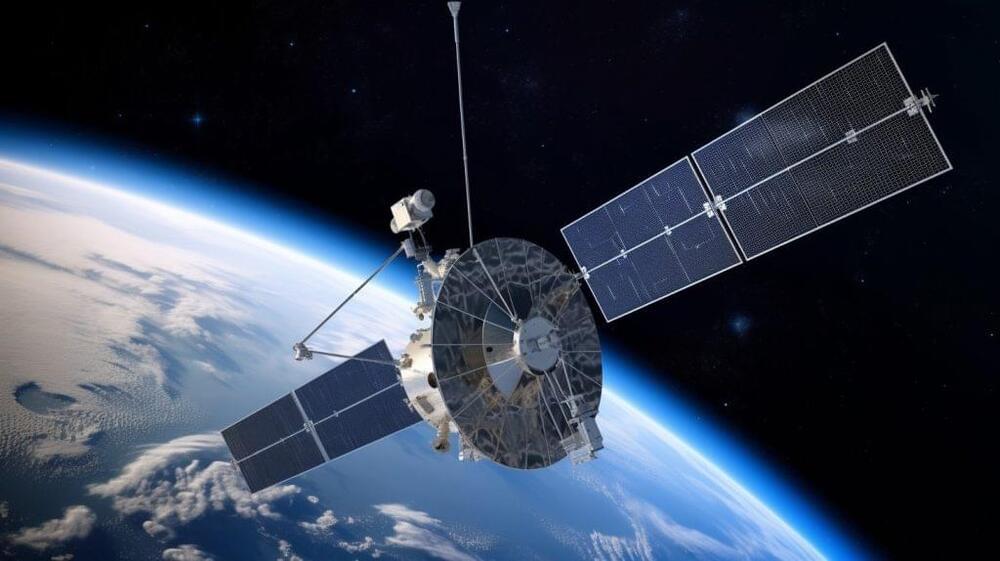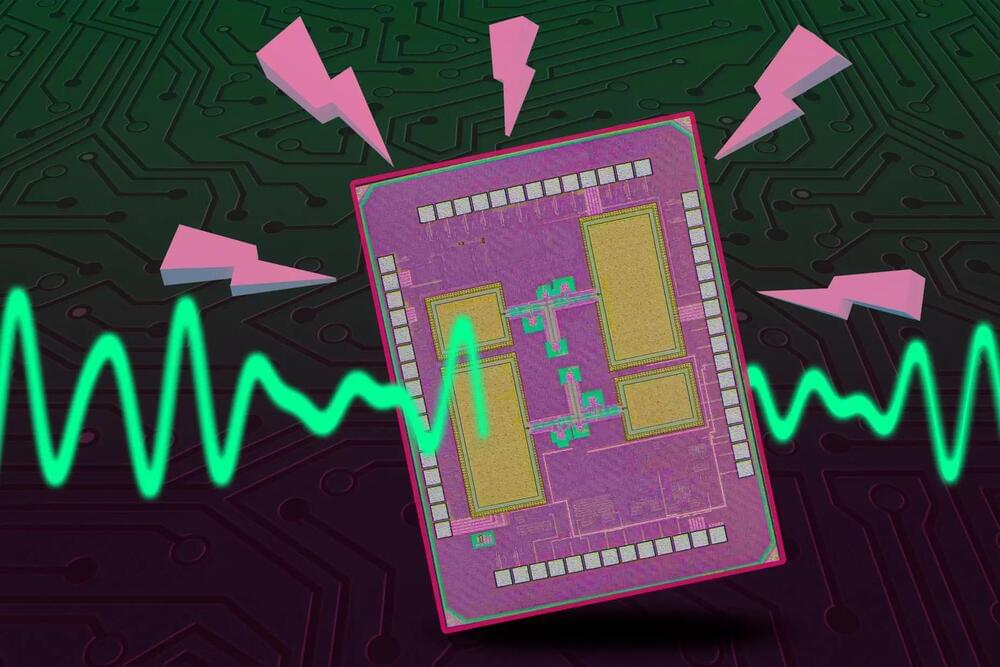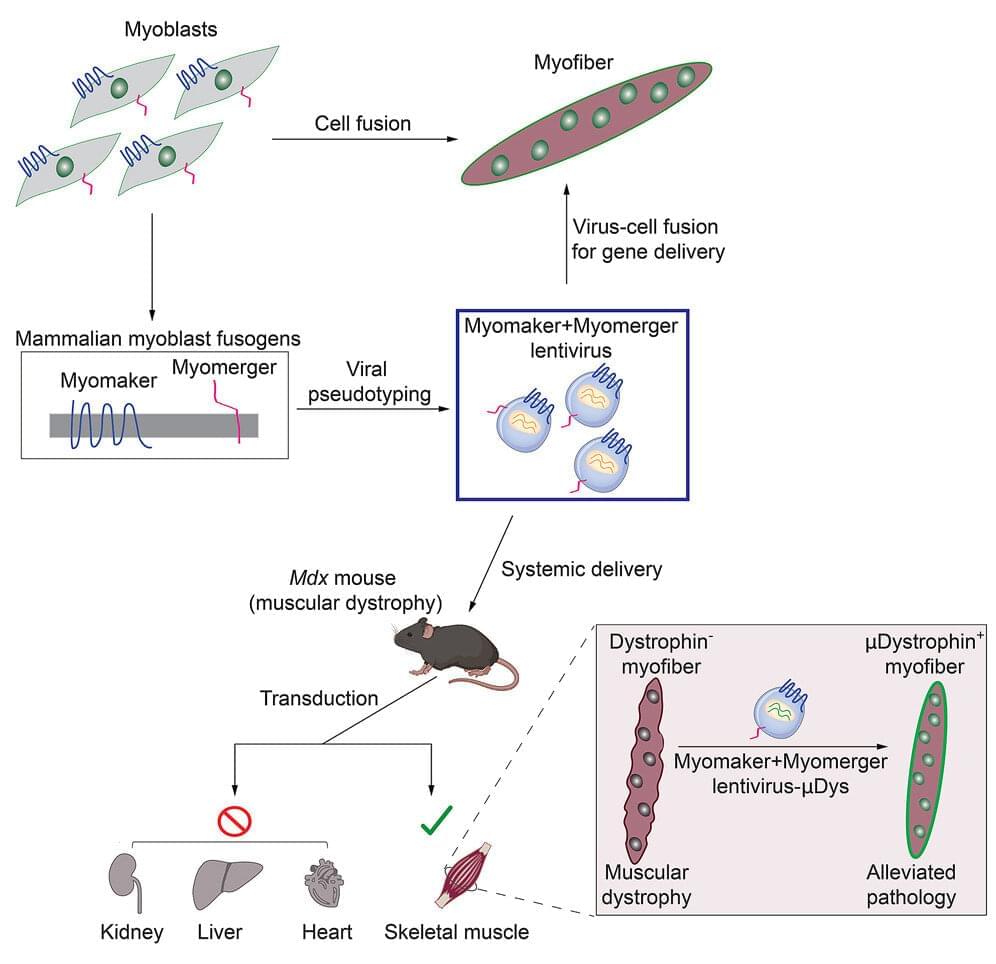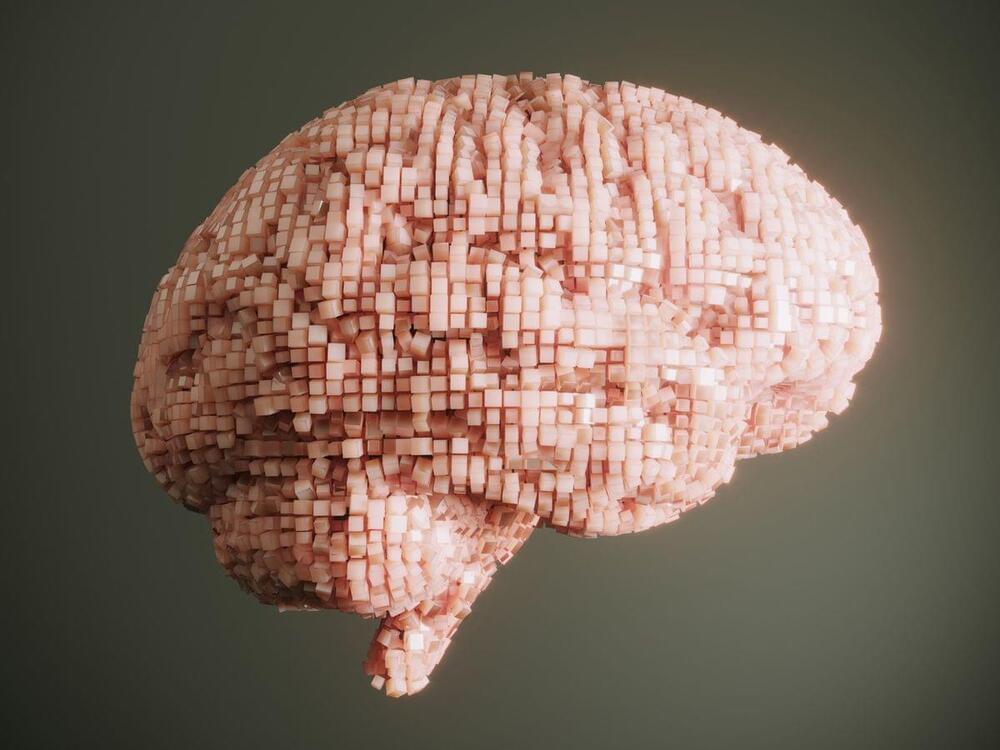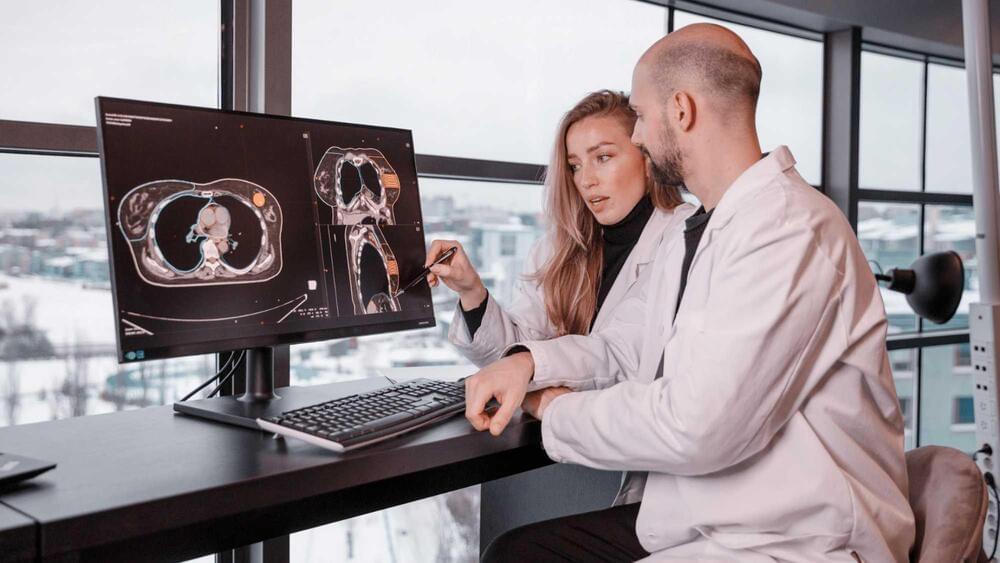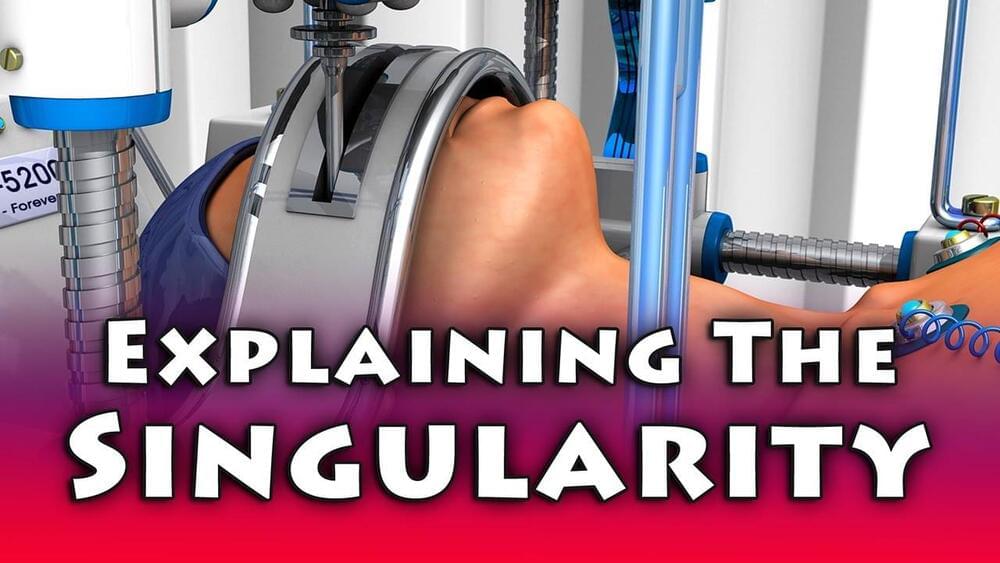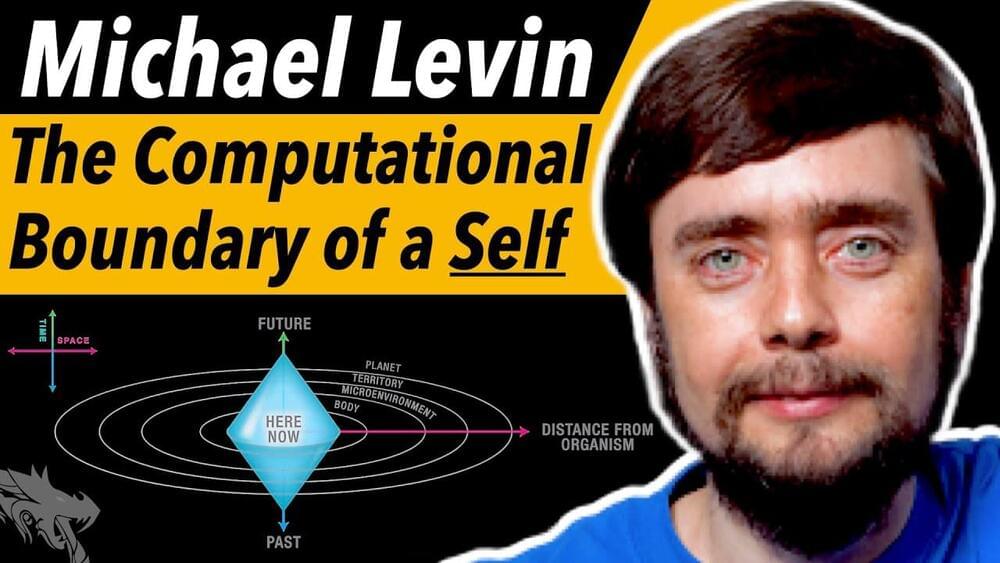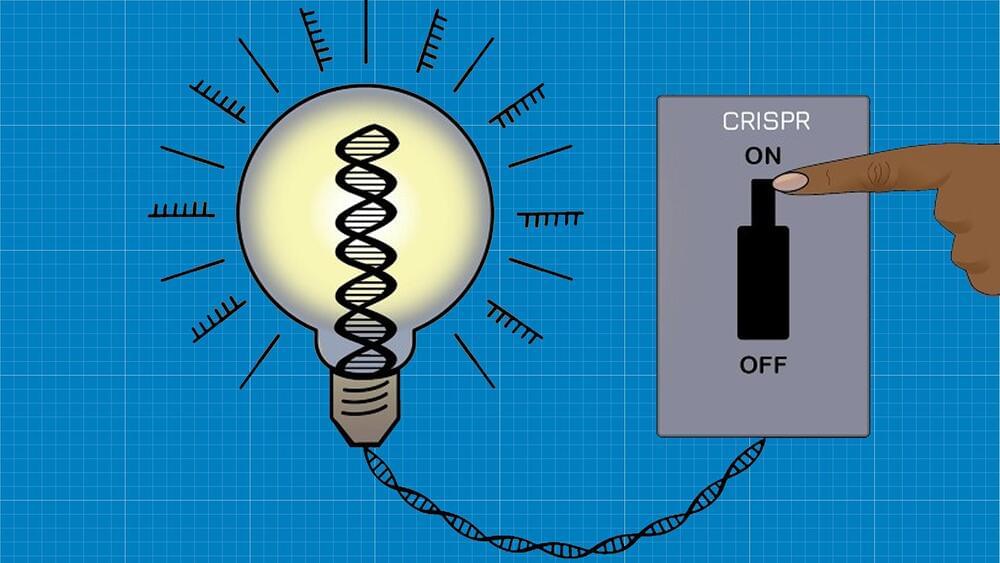Apr 30, 2023
The Future of Satellite-Based Synthetic Biology and Genetic Engineering
Posted by Dan Breeden in categories: bioengineering, biotech/medical, genetics
The potential of satellite-based synthetic biology and genetic engineering to revolutionize healthcare is becoming increasingly clear. Recent advances in the field have opened up a world of possibilities for medical professionals and researchers, allowing them to diagnose and treat diseases more effectively and efficiently than ever before.
Satellite-based synthetic biology and genetic engineering have already been used to develop treatments for a variety of conditions, including cancer, heart disease, and neurological disorders. By using satellite-based techniques, researchers can quickly and accurately identify genetic mutations and other abnormalities in a patient’s DNA. This allows them to develop personalized treatments that are tailored to the individual’s specific needs.
The use of satellite-based synthetic biology and genetic engineering also has the potential to reduce healthcare costs. By identifying genetic mutations and other abnormalities at an early stage, doctors can avoid costly and unnecessary treatments. This could lead to significant savings for both patients and healthcare providers.
